Description
Familiarity with Treatment
Nipple-sparing mastectomy is a surgical procedure used to treat breast cancer while preserving the natural appearance of the breast. This technique involves the removal of breast tissue while sparing the skin, nipple, and areola. It is often performed in conjunction with immediate breast reconstruction to maintain the aesthetic appearance of the breast.
Procedure
During a nipple-sparing mastectomy, the breast surgeon removes the breast tissue while preserving the skin, nipple, and areola. This technique allows for immediate breast reconstruction, which can be performed during the same surgical procedure. The incision is typically closed with sutures or surgical staples. The procedure is usually performed under general anesthesia.
Who is it Suitable For?
Nipple-sparing mastectomy is suitable for individuals with early-stage breast cancer or those at a high risk of developing breast cancer who desire breast reconstruction while preserving the natural appearance of the breast. Careful patient selection is essential, and the decision to undergo this procedure is made in consultation with a breast surgeon and a reconstructive surgeon.
Who is it Not Suitable For?
Nipple-sparing mastectomy may not be suitable for individuals with large, centrally located tumors, aggressive tumors, diabetes, smokers, or those with a history of poor wound healing. Additionally, individuals with certain medical conditions or contraindications to surgery may not be suitable candidates for this procedure.
Advantages
The advantages of nipple-sparing mastectomy include:
- Preservation of the natural appearance of the breast, including the nipple and areola.
- Immediate breast reconstruction can be performed during the same surgical procedure.
- Potential for improved body image and self-esteem.
- Reduced scarring compared to other mastectomy techniques.
Complications
Complications of nipple-sparing mastectomy can include short-term breast swelling, soreness, wound infection, seroma (fluid accumulation), and limitations in upper extremity mobility. However, the procedure is generally safe and has been effective in treating and preventing breast cancer.
Preoperative Care
Preoperative care for nipple-sparing mastectomy involves a comprehensive evaluation by a healthcare provider to determine the need for surgery and the most appropriate approach. This may include medical risk reduction, diagnostic tests, and discussions about the procedure, potential risks, and expected outcomes.
Postoperative Care
Postoperative care for nipple-sparing mastectomy includes pain management, wound care, and monitoring for any signs of complications. Emotional support and counseling may also be provided to help individuals cope with the emotional impact of the surgery. Close follow-up with the healthcare provider is essential to ensure proper healing and recovery.
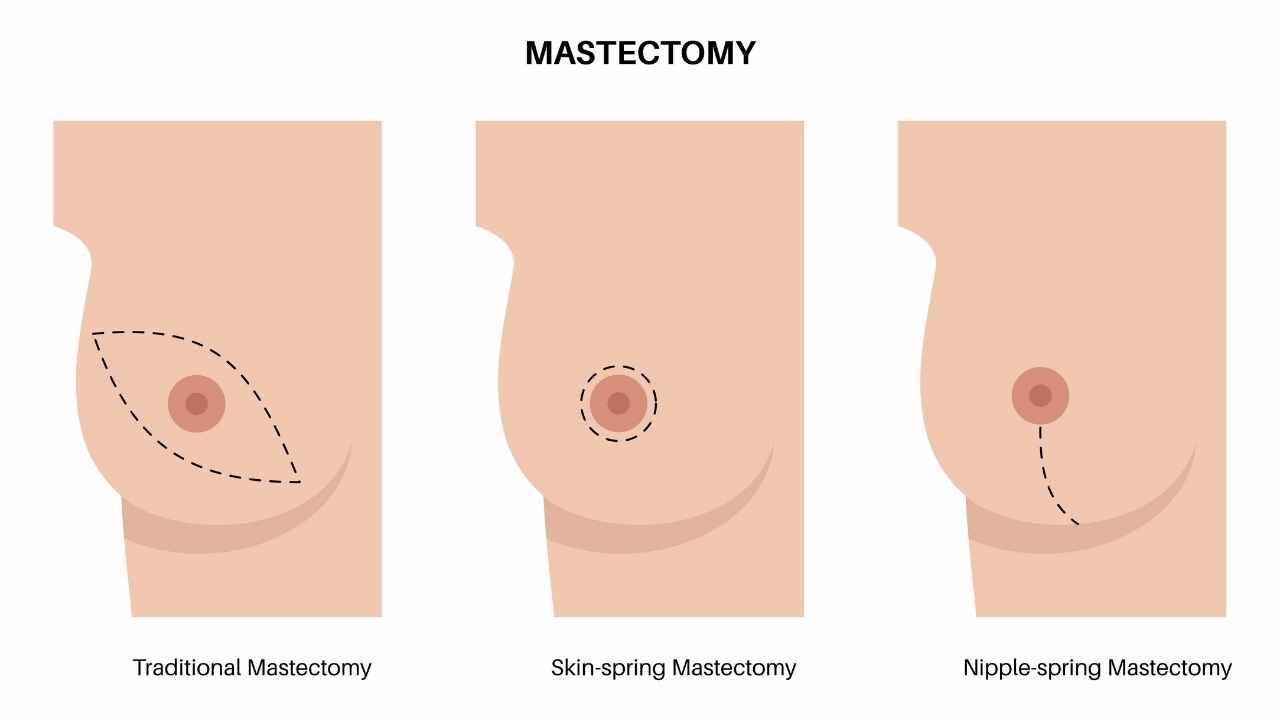
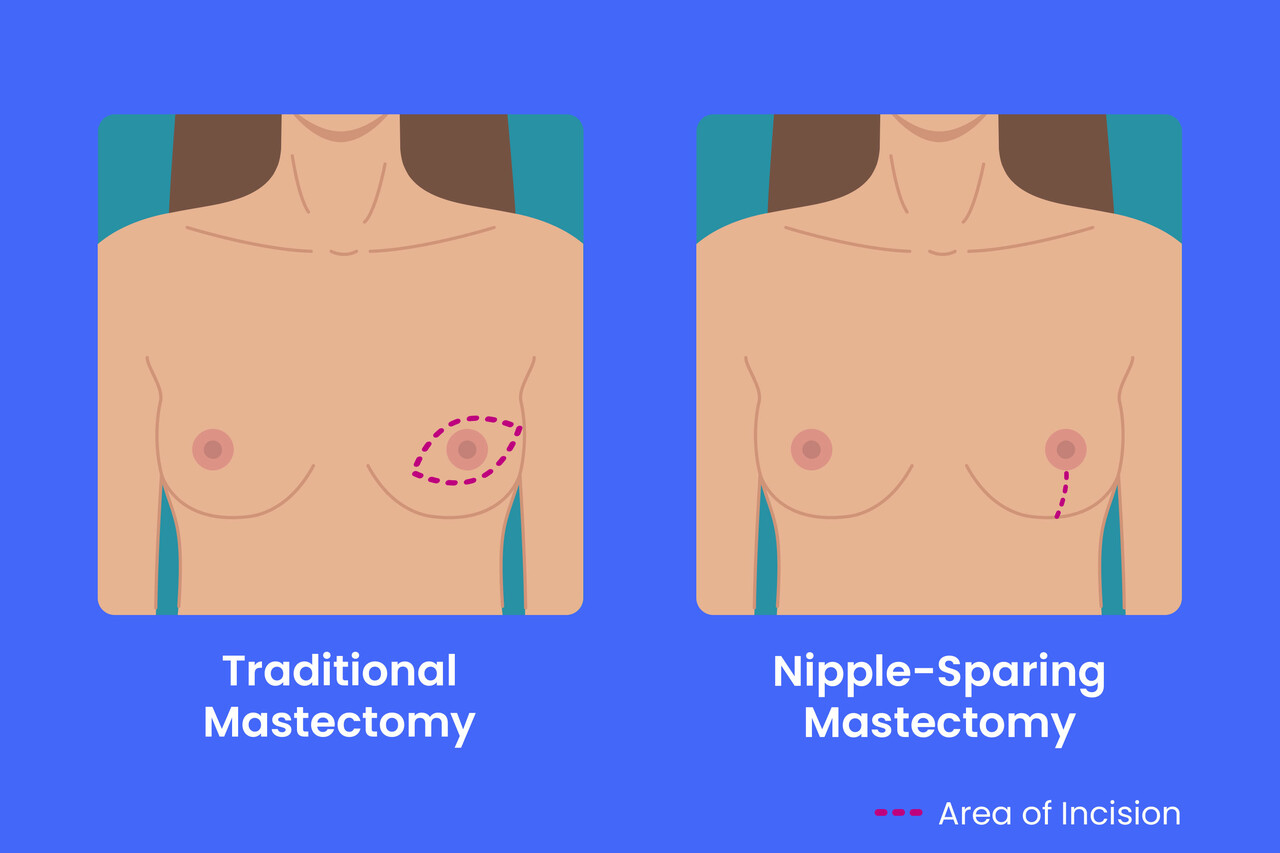
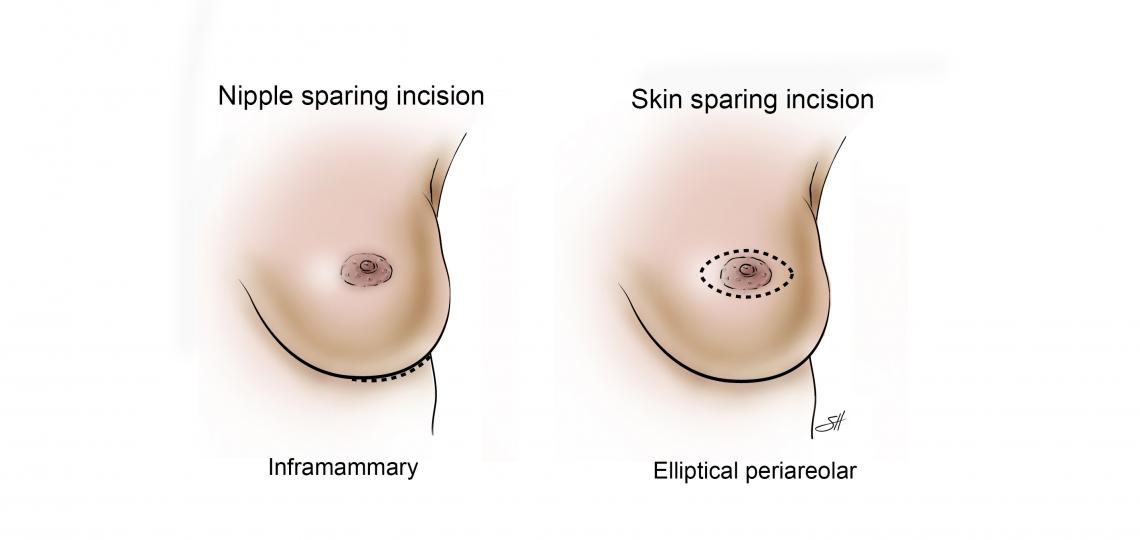

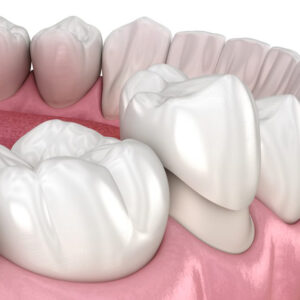
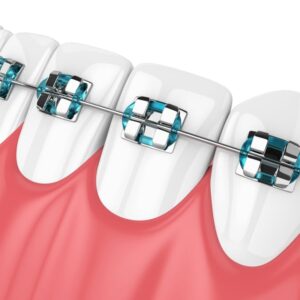
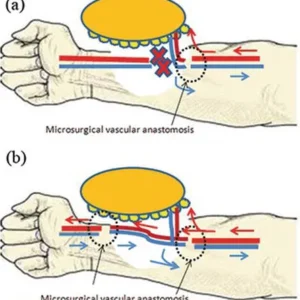

Reviews
There are no reviews yet.